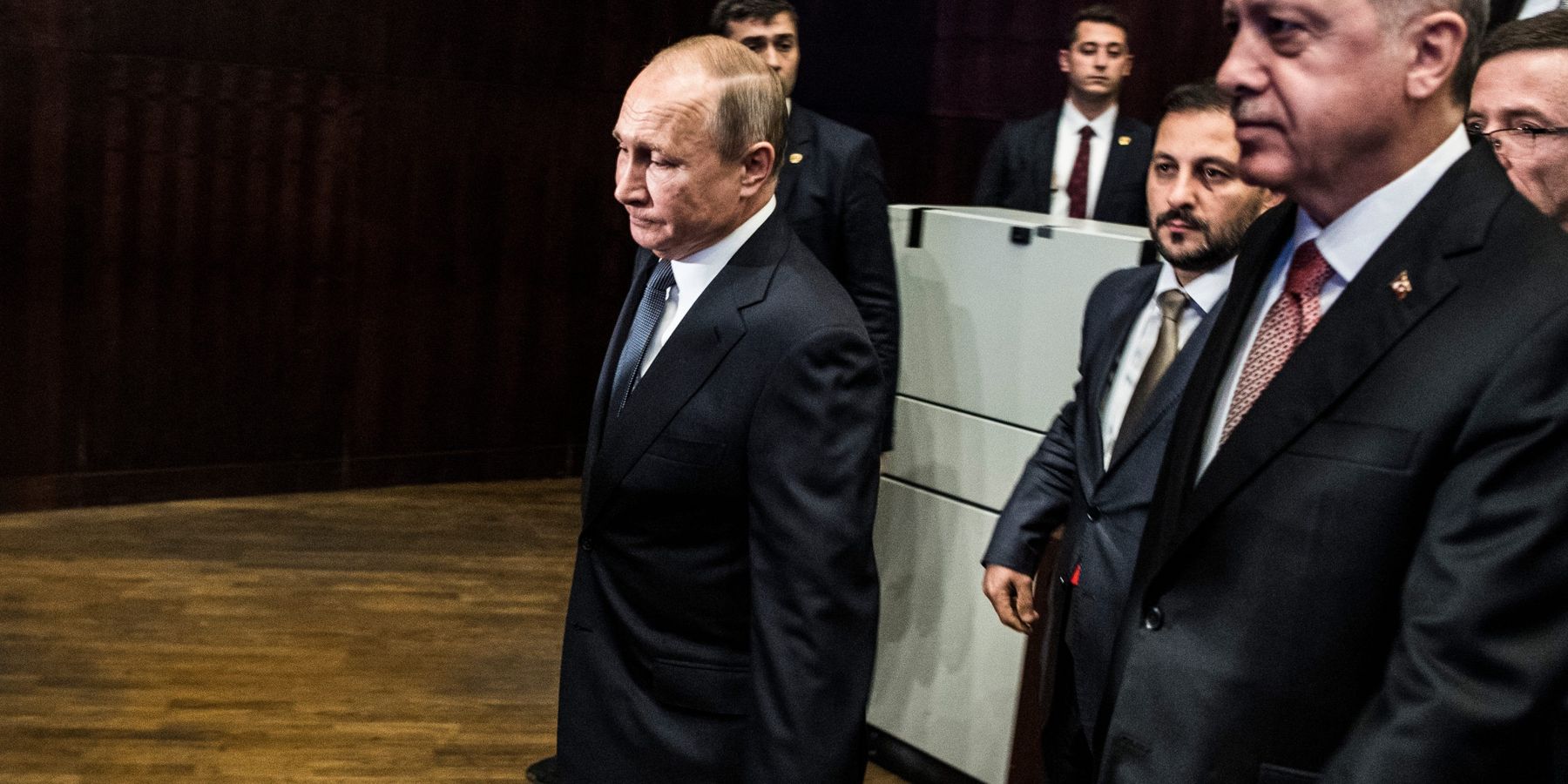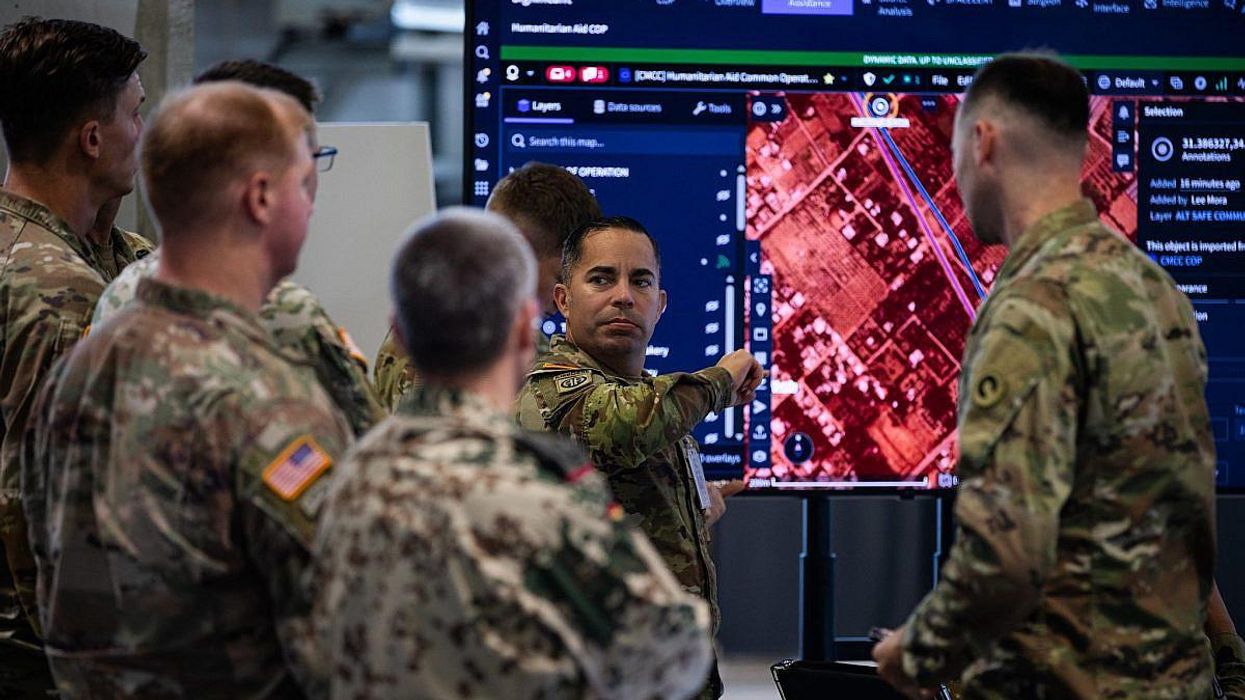In a co-authored paper from April 2024, Keith Kellogg, President-elect Trump’s Ukraine envoy, said “the United States and its allies would pledge to only fully lift sanctions against Russia and normalize relations after it signs a peace agreement acceptable to Ukraine.”
With Trump’s inauguration just around the corner, there has been increased talk of whether and how sanctions against Russia might be removed.
However, saying the complete lifting of sanctions against Russia after any Trump-brokered peace agreement is as unrealistic as arguing that no sanctions should be removed.
Detailed thinking is needed on how future sanctions relief for Russia might be phased in as part of a longer-term peace plan for Ukraine. That should include realistic and achievable milestones for Russian compliance to avoid the trap of the failed Minsk II agreement.
Any U.S.-brokered future ceasefire in Ukraine may end the fighting but it won’t represent a just peace without a longer-term strategy. Nor will it represent a normalization of relations.
Even if there is decisive agreement on whether, or not, Ukraine has a NATO future, wider negotiations on a host of challenging issues will continue over many years. The list includes the legal status of occupied territories, war reparations, the repatriation of Ukrainian children and protection of minority languages.
On this basis, it would be premature to lift all sanctions against Russia immediately with these matters unresolved. Some issues may never be resolved to the complete satisfaction of both parties. We therefore need to be realistic about what to demand of Russia in any peace following a war in which it was not defeated.
Because it also seems clear that negotiations to end the fighting will stall unless Vladimir Putin knows there is a realistic prospect of some sanctions relief. And he will be wary of any draft peace agreement that de facto makes sanctions permanent. That would repeat the same mistakes that made the Minsk II agreement fail.
The European Council decision in March 2015 to align its sanctions regime to the implementation of the Minsk II agreement, effectively set European sanctions in stone. The UK, which with U.S. backing had pressed for this Minsk “conditionality,” applied a narrow interpretation by which any sanctions relief would be linked to “Russia’s complete implementation” of Minsk II.
But that was unrealistic. It’s not only that Minsk II would have taken years to deliver even with a fair wind. The agreement contained obligations on the government of Ukraine to offer devolution and special status in the Donbas. These obligations faced widespread domestic resistance in Ukraine.
Sanctions against Russia were locked in on the basis of an obligation which it was not in Petro Poroshenko's or Volodymyr Zelensky’s political interests to push through. Zelensky’s brief attempt to consider devolution in 2019 quickly failed. Dmytro Kuleba, then Ukraine’s foreign minister, effectively killed Minsk II shortly before war broke out in February 2022 by declaring that the Donbas would never have special status.
Making Russia sanctions hostage to Ukrainian decisions won’t work this time.
Putin clearly wants sanctions lifted as part of any future peace deal. But I doubt he expects to achieve that. However, offering no incentives will encourage him to keep fighting.
And although the Russian economy is overheating from the colossal injection of government war spending, it is more resilient than Ukraine’s economy, with low debt, respectable growth, and still considerable reserves. Ukraine is hugely indebted and kept afloat by Western aid, which accounts for almost half of government spending.
So, while he can’t fight forever, Putin can choose to stall. And European states know the financial burden of an already unaffordable war will increasingly fall on them with Trump in the Oval Office.
That’s why a growing number of Central European states will push harder for sanctions removal. Slovakia’s sentiment has stiffened since the ending of gas transit and the direct economic impact it will suffer. Presidents Roberto Fico and Viktor Orban may find themselves in good company with Herbert Kickl, Austria’s putative new far right chancellor.
EU sanctions have held for almost 11 years because the economic and political costs of breaking consensus was always higher than the economic cost of holding firm.That calculus has shifted decisively in Central Europe.
So, we need more granular thinking on what sanctions relief means in the wide gulf between the status quo and no sanctions at all. Russia is subject to more than 20,000 sanctions that extend into the political, social and cultural realm as well as the economic sphere.
Rather than seeing sanctions relief as an event, we should look upon it as a process of peeling the onion. The European Union has taken almost 130 separate decisions since 2014 to impose new sanctions or to extend existing sanctions against Russia.
Most sanctions have zero impact. No less than 92% of individual UK sanctions are against persons who have never traveled to Britain or held assets here. The picture is the same for 77% of sanctioned Russian companies and is mirrored across the EU, U.S. and elsewhere.
Upon the agreement of a peace deal for Ukraine, 16,000 zero-impact Russian sanctions could be struck down in a grand gesture brokered by the U.S., EU and UK. This would offer no economic relief to Russia but give Putin something concrete to sell to his public.
Letting Russia compete once more in international sporting and cultural events such as the Olympics would offer a hugely symbolic gesture that the West was seeking to normalize relations, with no economic relief attached.
To avoid a repeat of Minsk II, the hardest-hitting “economic” sanctions would need to be included in a roadmap for the peace process with realistic milestones that it was in Russia’s power to achieve.
As part of this, Putin will want clarity on the “what and when” of unfreezing Russia’s international reserves plus a normalization over time of trading relationships, in particular with the EU.
Clearly, getting Putin and Zelensky to stand down their forces will be the biggest obstacle facing Trump after he assumes office. If we want to ensure that any short-term absence of war in Ukraine has a chance to emerge as a longer-term peace, we should consider now where sanctions relief fits within the plan.
- The real fallout of economic warfare with Russia ›
- We can't 'ban' talk of Russian resilience to sanctions ›
- Why sanctions on Russia are literally backfiring ›
- We were promised 'economic shock and awe' against Russia ›
- Shifting goals cloud utility of sanctions on Russia ›
- Imposing 500% tariffs on nations that trade with Russia will backfire | Responsible Statecraft ›
















